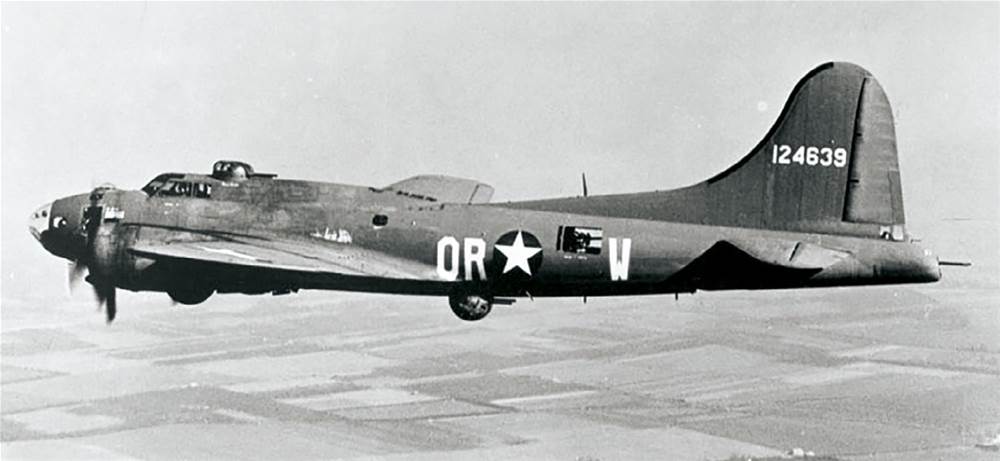
After completing 80 missions, this aircraft was transferred to AFSC for Operation Aphrodite (flying bomb). It was launched against a German V-3 site at Mimoyecques, Pas-de-Calais, on 4 August 1944, but impacted short of its target due to a controller error
Image: Wiki / PD / Gov
Years before war engulfed Europe in the summer of 1939 serious advances were made in the assembly and operation of unmanned aircraft. A startling success from the USA, given the Great Depression and minimal support from the armed forces, were the mass-produced radioplanes of the aptly named Radioplane Company in California; these were the elusive decoys for anti-aircraft gunners to practise on. The small and flimsy contraptions were the true ancestors of the combat drones used today and had three essential characteristics that are seen in current unmanned aerial vehicle (UAV) design and engineering: a small propeller engine that worked in any climate, a fuselage made of composites (in its day, this meant wood and fabric), and basic landing gear.